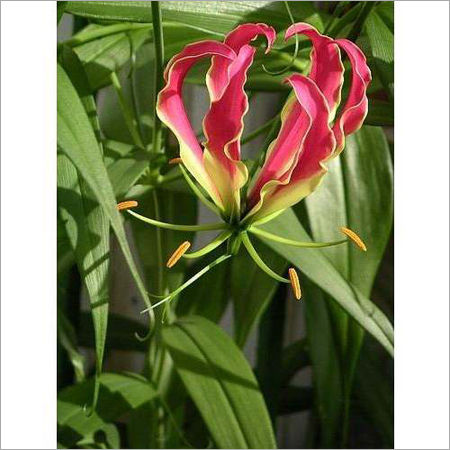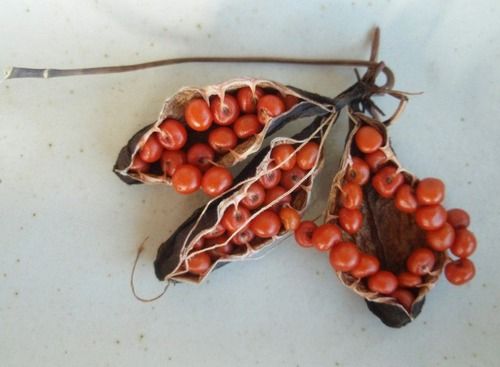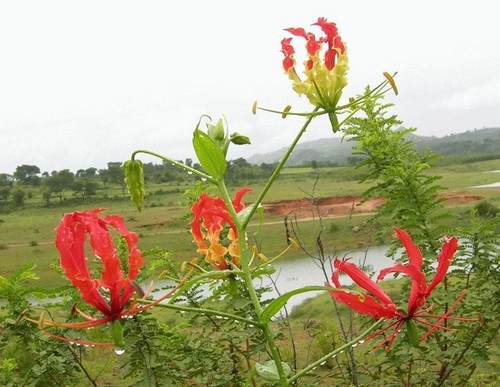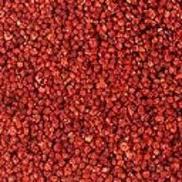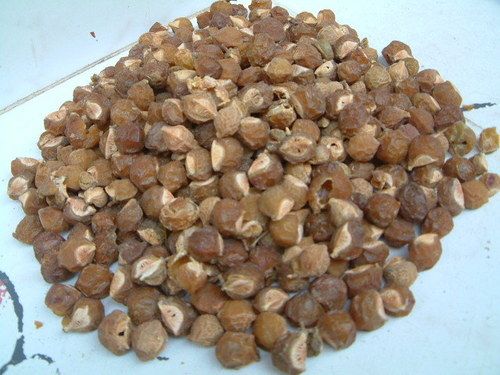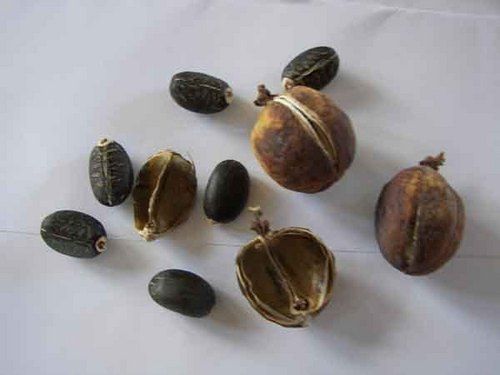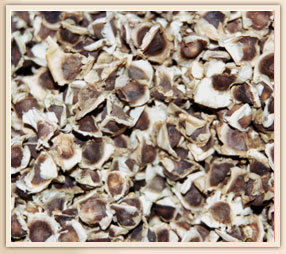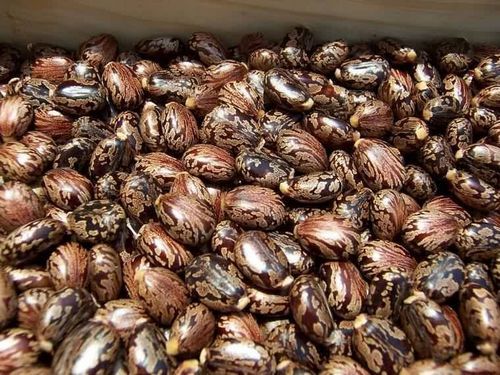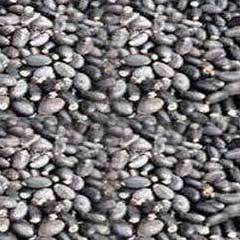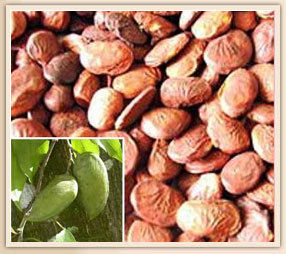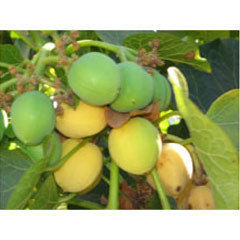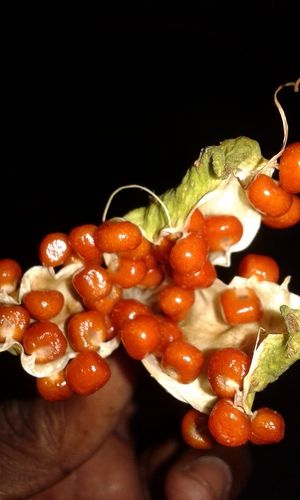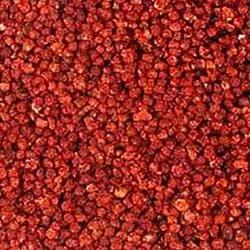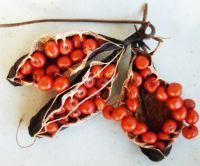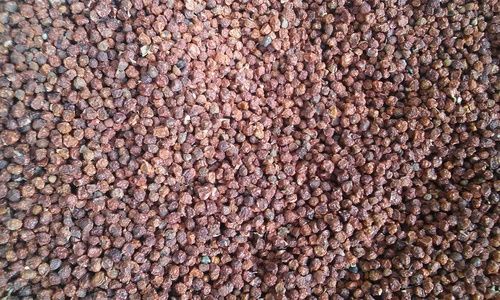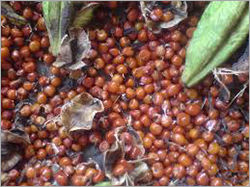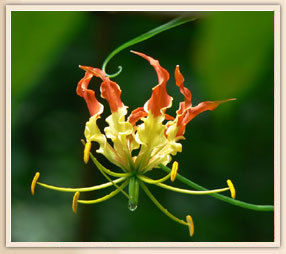
Gloriosa Superba Seeds And Tubers - Tuberous Climbing Plant, Bright Wavy-edged Yellow And Red Flowers, Ideal For Semi-shade Areas And Gardening Enthusiasts
Price:
Get Latest Price
In Stock
Product Overview
Key Features
Normal
0
false
false
false
MicrosoftInternetExplorer4
st1\:*{behavior:url(#ieooui) }
/* Style Definitions */
table.MsoNormalTable
{mso-style-name:"Table Normal";
mso-tstyle-rowband-size:0;
mso-tstyle-colband-size:0;
mso-style-noshow:yes;
mso-style-parent:"";
mso-padding-alt:0in 5.4pt 0in 5.4pt;
mso-para-margin:0in;
mso-para-margin-bottom:.0001pt;
mso-pagination:widow-orphan;
font-size:10.0pt;
font-family:"Times New Roman";
mso-ansi-language:#0400;
mso-fareast-language:#0400;
mso-bidi-language:#0400;}
Gloriosa Superba Seeds and Tubers
Propagate
this plant from seed sown in September-October and be patient because the seed
might take up to four month to germinate. Seedlings should be planted straight
out in the garden in an equal mix of good garden soil and compost.
The
flame lily must be allowed to scramble up through trees, alternatively provide
a trellis in semi-shade area. In summer it needs to be well watered, however
water should be withheld once the foliage begins to turn yellow.
The
tubers are prone to rot under moist conditions during the winter months. The
tubers are brittle and fragile and need to be handled carefully. Tubers can
only be lifted and split or moved during the dormant period.
Gloriosa superba
is a striking tuberous climbing plant with brilliant wavy-edged yellow and red
flowers. There is also a more bushy, yellow-flowered form. The name Gloriosa
comes from the word gloriosus,
which means handsome and superba
form the word superb clearly alluding to the beautiful flowers which appear
from November to March.
Naturally
it occurs in semi-shade areas among bush on hillsides along the Cape coast, Natal, Swaziland,
Northern Province, Botswana,
Namibia, and Zimbabwe.
Flame lilies are grown commercially for a chemical compound.
They
are also used by certain people to treat intestinal worms, bruises,
infertility, skin problem and impotence. It is also said that sap from the leaf
tip is used for pimples and skin eruptions by Tswana and Masai farm workers
Gloriosa Superba Seeds and Tubers
Botanical Name: Gloriosa Superba
Family : Colchicaceae
Common names: Flame lily ,simiselo ,Vlamlelie
Constituents: Two resins, tannin and a bitter principle superbine
allied to the bitter principle of squill, and alkaloid gloriosine. A white farinaceous starch is obtained from
the root by repeated washings and grindings throwing away the supernatant
liquid and washing residue carefully six times.
Action: Root is a tonic, antiperiodic, cholagogue,
alternative and purgative. According to
the Nigbantus, root is purgative, hot light and pungent; it increase secretion
of bile. Tubers are very bitter to
taste. Contrary to popular belief, root
is not poisonous in ordinary doses.
Action & Uses in Ayurveda and Siddha- Katu rasam, trikshnoshnam, katu vipakam, snake
poison, cutaneous diseases. Anthelmintic, abortive.
Action & uses in Unani: Hot 4 degree. Dry 4 degree Diuretic, emmenagogue,
abortive, resolvent in jaundice.
Uses:
The Tuberous root
is one of the 7 minor poisons of Sanskrit writers and they mention its use as
an abortifacient.
A paste of the
root formed with water is used as an anodyne application in bites of poisonous
insects, snake-bites, scorpion-sting, parasitic skin diseases and leprosy.
Root in thin
slices soaked in salted butter-milk for 4 to 5 days by might and dried by day
for 4 to 5 days is said to be freed from its poisonous properties.
So prepared and
preserved, a piece or two given internally for cobra bite is said to be an
effectual antidote against cobra-poison.
White powder
obtained by repeated washings and grindings is given in gonorrhoea up to 12
grains mixed with honey.
Dose of the
tuberous root(Starch) is5 to 10 grains.
It is generally
employed as an anthelmintic for cattle.
In large doses it
will be poisonous.
Root powdered and
reduced to a paste is applied to the navel and suprapubic region with the
object of promoting labour pains.
For the same
purpose the paste may be applied to the palms and soles while powdered nigella
seeds and long-pepper are given internally with wine.
Internally starch
or root is useful when given in gonorrhoea, leprosy, piles, colic and to expel
intestinal worms.
Rubbed with
Chitraka bark in cows urine it is applied to painful piles
Available Parts : Seeds and Tubers
Season : January, February,March and April
Available Quantity : 100 metric tons per
Month
Company Details
Focusing on a customer-centric approach, INDO EXPORTS has a pan-India presence and caters to a huge consumer base throughout the country. Buy Seeds in bulk from INDO EXPORTS at Trade India quality-assured products.
Business Type
Exporter, Supplier
Employee Count
8
Establishment
2000
Related Products
Explore Related Categories
Seller Details
Coimbatore, Tamil Nadu

Accepts only Foreign inquiries
Chief Executive Officer
Dr. Eswar Iyappan
Address
No 23, Officers' Colony, Perur, Pachapalayam, Coimbatore, Tamil Nadu, 641010, India
gloriosa superba seeds in Coimbatore
Report incorrect details


